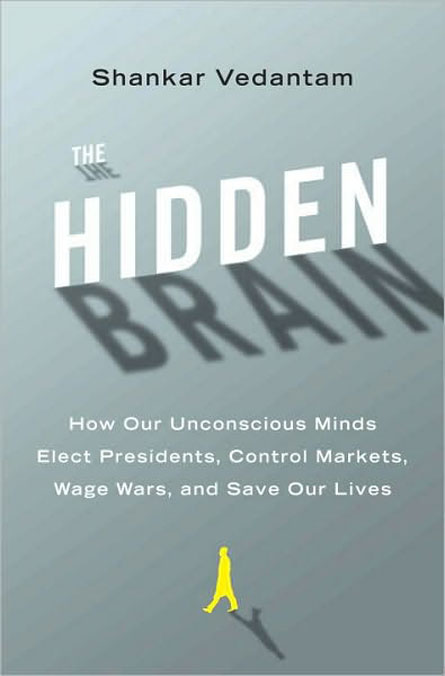Book Review: The Hidden Brain by Shankar Vedantam
Review by Erika Engelhaupt
A crowd watches passively as a man brutally beats a woman on a Detroit bridge. An investor selects a company solely on the basis of an easy-to-read ticker symbol. A worker in a burning building wastes precious seconds asking others whether to evacuate. The decisions these real-life people made may sound cruel or stupid, but to be fair, Vedantam says, they weren’t thinking consciously. They were thinking with their hidden brains.
“The hidden brain” is a shorthand term that Vedantam, a science journalist for The Washington Post, has coined to help readers grasp what is by definition obscure: the unconscious. This collection of cognitive and emotional processes does much of the brain’s routine work, he says.
Vedantam interweaves anecdotes and research descriptions to explain how the hidden brain makes these unconscious evaluations, which include mental shortcuts that may have helped human ancestors make quick decisions. Early chapters illustrate small ways the hidden brain tugs at behavior, and later sections address larger social and political issues, from racial bias to suicide bombings and groupthink during disasters.
The book’s basic premise, that the unconscious steers decision making, is supported by research dating back at least to Freud. But when discussing social issues such as racial bias, the author can rely heavily on anecdotes or accept controversial interpretations of research at face value if they support his premise.
Yet even when Vedantam makes mental leaps in his interpretations, his compelling narrative pulls readers along and raises important questions. And in the end, this exploration is likely to leave readers a bit more mindful of what could be influencing their own behavior.
Spiegel & Grau, 2010, 270 p., $26.
